npj Quantum Inf ormation volume 11, Article number: 171 (2025) Cite this article.
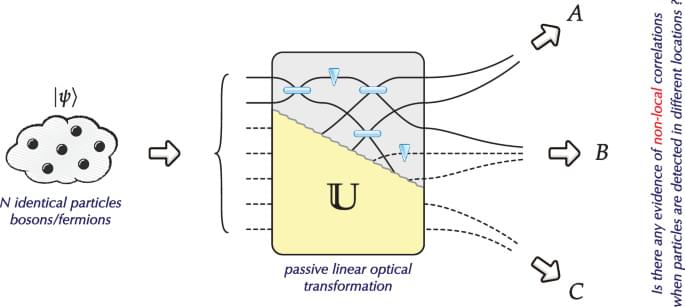

npj Quantum Inf ormation volume 11, Article number: 171 (2025) Cite this article.
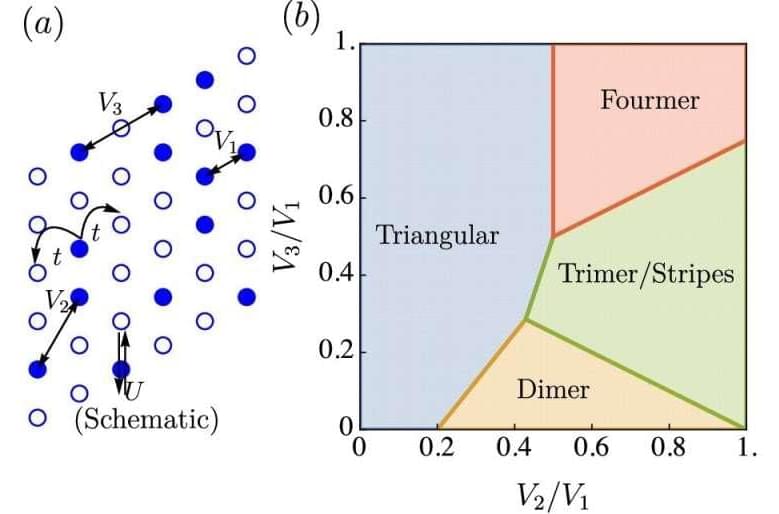
Physicists at Florida State University (FSU) have uncovered a fascinating new phase of matter — a “ quantum pinball state” in which electrons act both as conductors and insulators at the same time. In this bizarre quantum regime, some electrons freeze into a rigid crystalline lattice while others move freely around them, much like balls ricocheting around fixed pins in a pinball machine. The discovery offers a new perspective on how quantum materials behave and could pave the way for breakthroughs in quantum computing, spintronics, and superconductivity.
The research, published in npj Quantum Materials, was led by Dr. Aman Kumar, Prof. Hitesh Changlani, and Prof. Cyprian Lewandowski of FSU’s National High Magnetic Field Laboratory. Their study explores how electrons in a two-dimensional “moiré lattice” can transition between solid-like and liquid-like states under certain conditions, forming what physicists call a generalized Wigner crystal.
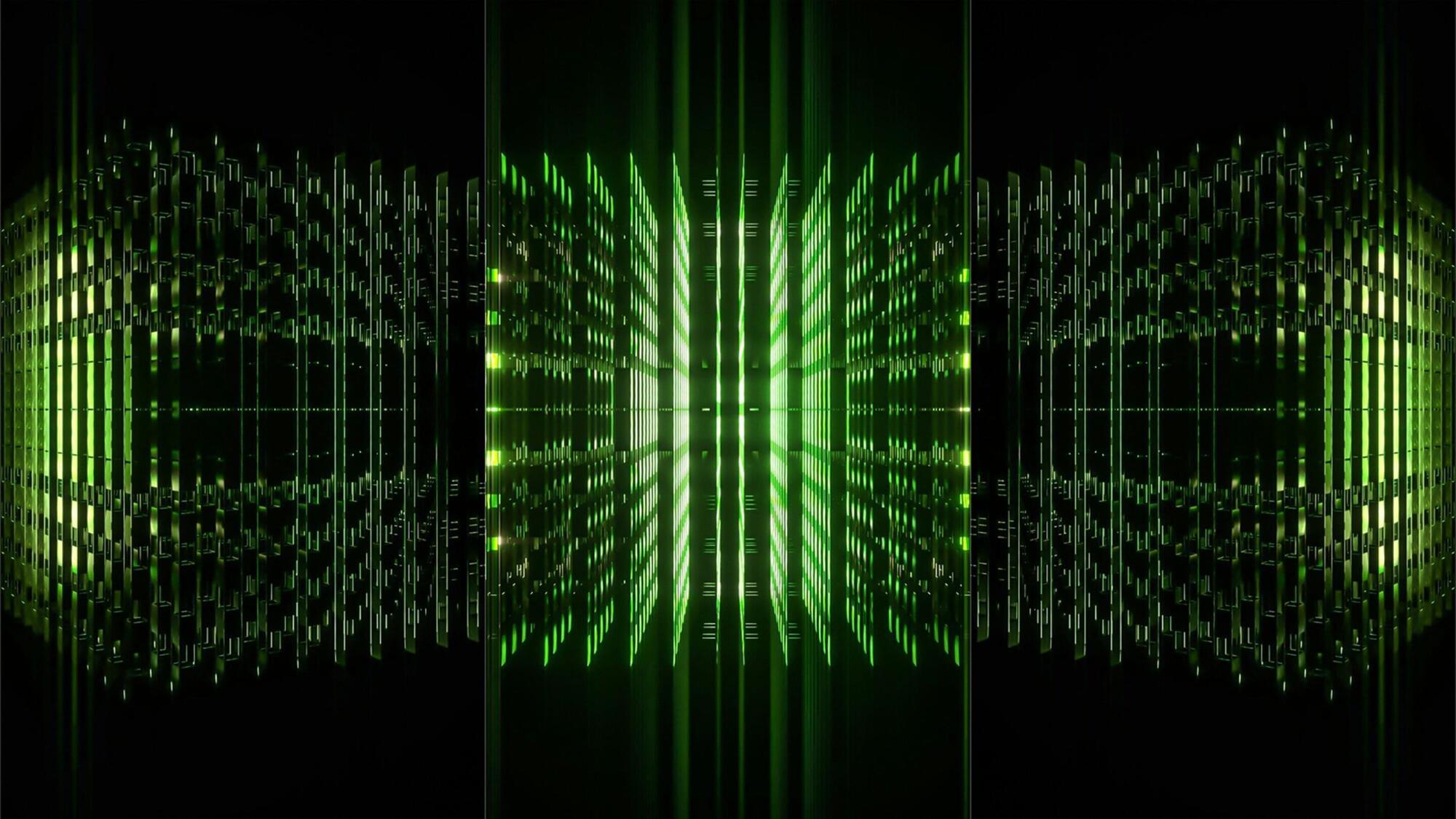
For the first time, a quantum computer has successfully measured pairing correlations (quantum signals that show electrons teaming up in pairs), which is essential to helping scientists find one of the holy grails of physics—superconductors that work at room temperature.
Superconductors are materials that can conduct electricity with zero resistance, meaning no energy is lost as heat. To work, they need to be cooled to extremely low temperatures, which makes them expensive and impractical for widespread use. Physicists have been trying to tweak their structure to make them work at room temperature, and many believe that understanding and manipulating electron-pairing correlations are key to that breakthrough.
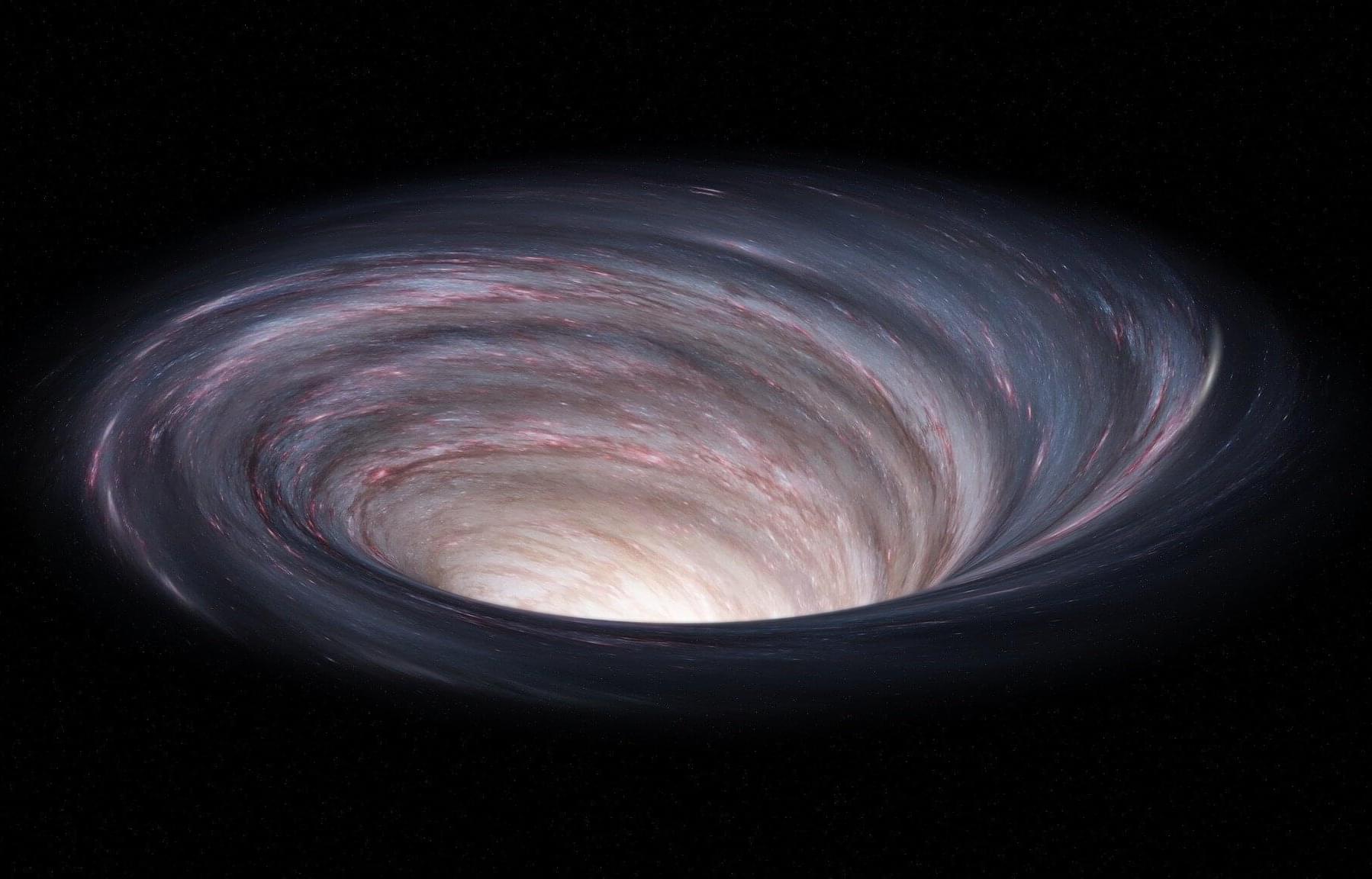
For obvious reasons, we do not know what the inside of a black hole looks like. But thanks to theoretical physics, we can ask what the inside should look like if Einstein’s theory of gravity and the rules of quantum mechanics are both true. A new study published in the journal Physical Review Letters has done exactly this by concentrating on two black holes that are deeply entangled (linked together by quantum rules).
The research by scientists from the U.S. and Argentina theoretically mapped the shared inner space between the two objects—the wormhole connecting them. They found that for a typical, messy entangled pair, the interior isn’t the smooth tunnel of science fiction.
Instead, it’s a long, lumpy structure they called the “Einstein-Rosen caterpillar.” It’s named after the Einstein-Rosen Bridge, the mathematical structure that connects two regions of spacetime, and “caterpillar” because of its bumpy, segmented shape. This discovery is a significant step toward proving that the bizarre rules of quantum mechanics can control the shape of spacetime inside a black hole.

At its deepest physical foundations, the world appears to be nonlocal: particles separated in space behave not as independent quantum systems, but as parts of a single one. Polish physicists have now shown that such nonlocality—arising from the simple fact that all particles of the same type are indistinguishable—can be observed experimentally for virtually all states of identical particles.
All particles of the same type—for example, photons or electrons—are entangled with one another, including those on Earth and those in the most distant galaxies. This surprising statement follows from a fundamental postulate of quantum mechanics: particles of the same type are, in their very nature, identical. Does this mean that a universal source of entanglement—underlying the peculiar, nonlocal features of the quantum world—is at our fingertips? And can we somehow outsmart quantum theory, which so carefully guards access to this extraordinary resource?
Answers to these questions have been provided by two Polish theorists from the Institute of Nuclear Physics of the Polish Academy of Sciences (IFJ PAN) in Krakow and the Institute of Theoretical and Applied Informatics of the Polish Academy of Sciences (IITiS PAN) in Gliwice. Their findings, published in npj Quantum Information, show how the very identity of particles gives rise to observable quantum nonlocality.
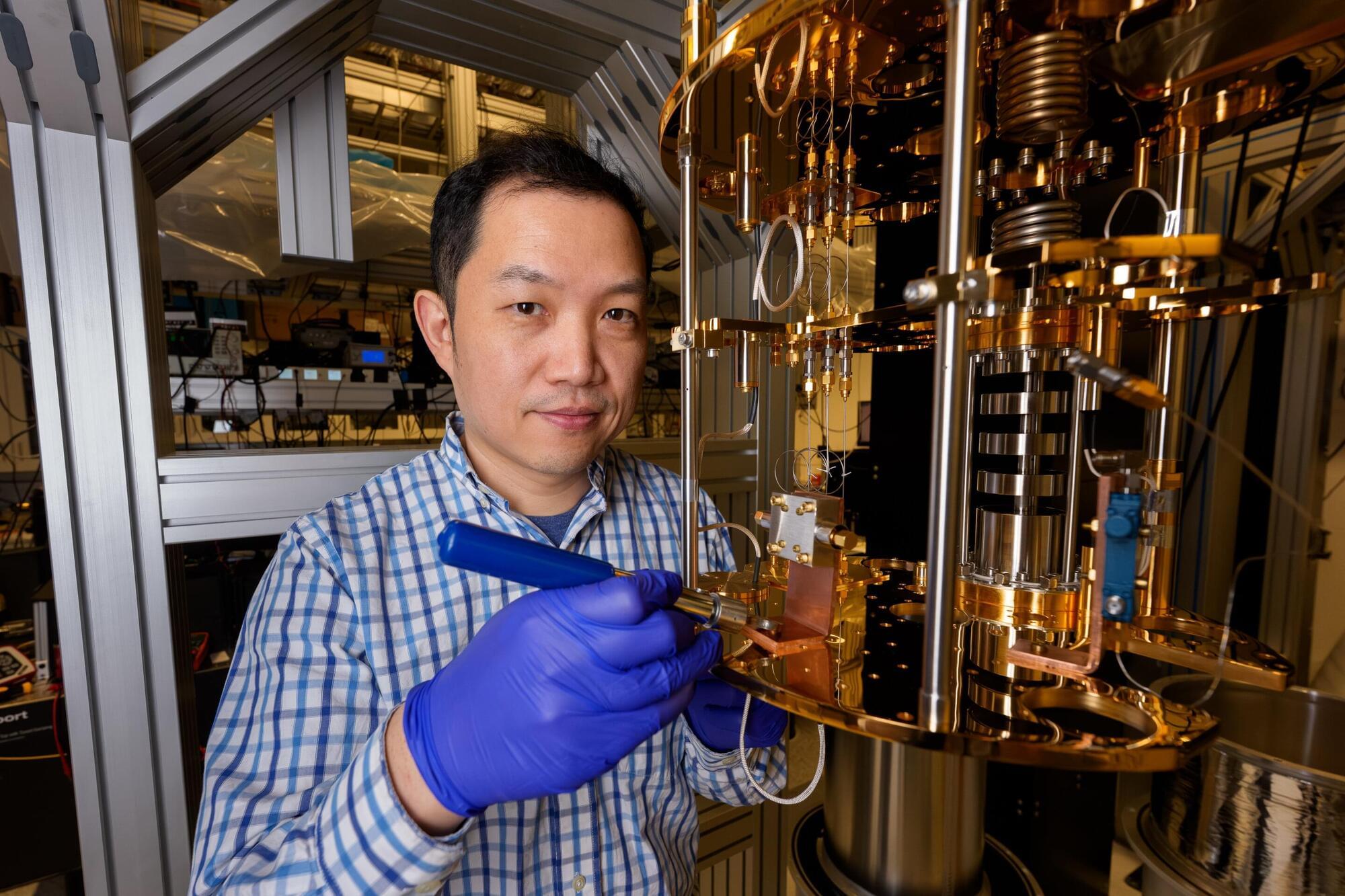
Quantum computers are powerful, lightning-fast and notoriously difficult to connect to one another over long distances.
Previously, the maximum distance two quantum computers could connect through a fiber cable was a few kilometers. This means that, even if fiber cable were run between them, quantum computers in the University of Chicago’s South Side campus and downtown Chicago’s Willis Tower would be too far apart to communicate with each other.
Research published today in Nature Communications from University of Chicago Pritzker School of Molecular Engineering (UChicago PME) Asst. Prof. Tian Zhong would theoretically extend that maximum to 2,000 km (1,243 miles).

Electricity powers our lives, including our cars, phones, computers, and more, through the movement of electrons within a circuit. While we can’t see these electrons, electric currents moving through a conductor flow like water through a pipe to produce electricity.
Certain materials, however, allow that electron flow to “freeze” into crystallized shapes, triggering a transition in the state of matter that the electrons collectively form. This turns the material from a conductor to an insulator, stopping the flow of electrons and providing a unique window into their complex behavior. This phenomenon makes possible new technologies in quantum computing, advanced superconductivity for energy and medical imaging, lighting, and highly precise atomic clocks.
A team of Florida State University-based physicists, including National High Magnetic Field Laboratory Dirac Postdoctoral Fellow Aman Kumar, Associate Professor Hitesh Changlani and Assistant Professor Cyprian Lewandowski, have shown the conditions necessary to stabilize a phase of matter in which electrons exist in a solid crystalline lattice but can “melt” into a liquid state, known as a generalized Wigner crystal. Their work was published in npj Quantum Materials.
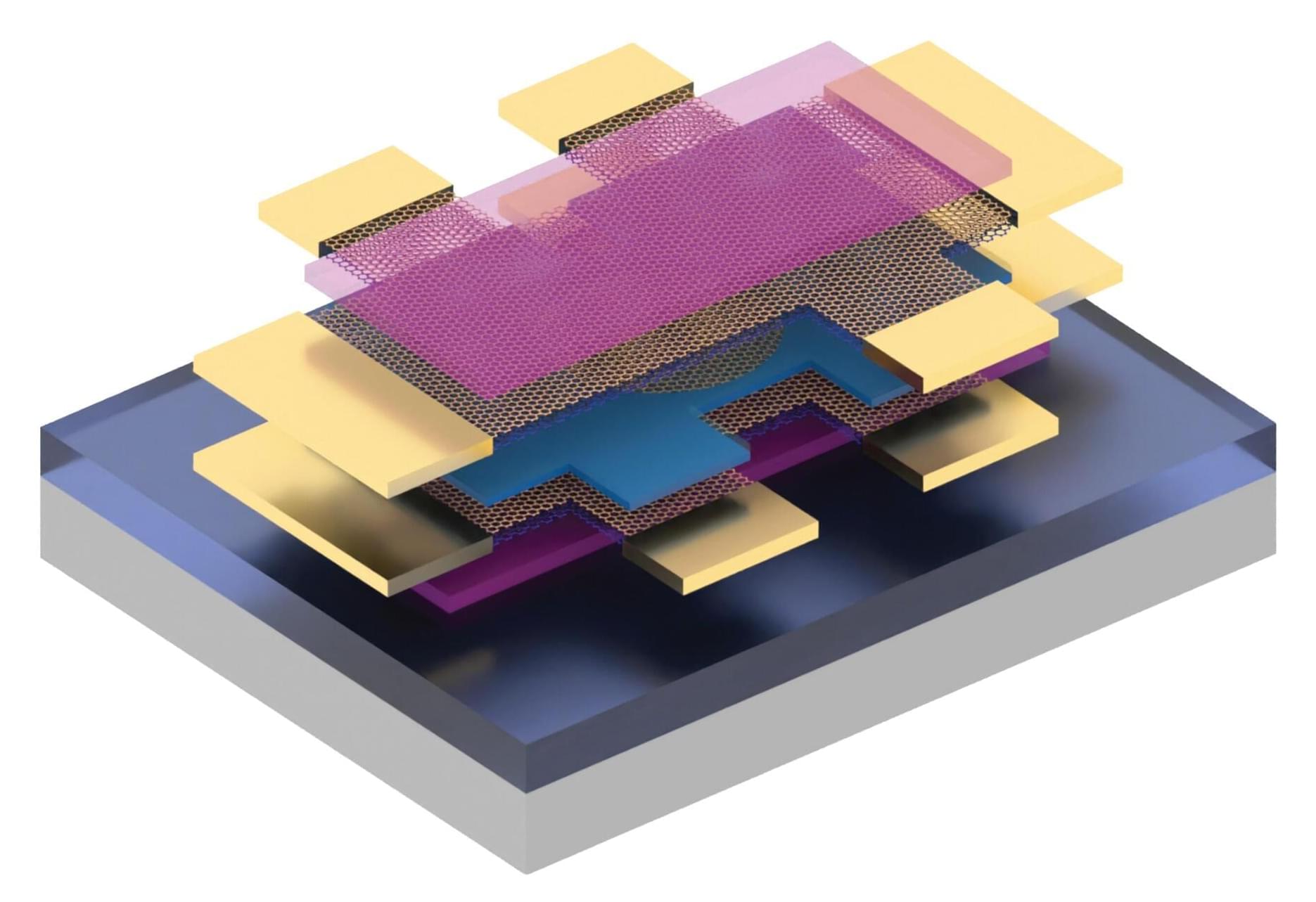
Superconductors are like the express trains in a metro system. Any electricity that “boards” a superconducting material can zip through it without stopping and losing energy along the way. As such, superconductors are extremely energy efficient, and are used today to power a variety of applications, from MRI machines to particle accelerators.
But these “conventional” superconductors are somewhat limited in terms of uses because they must be brought down to ultra-low temperatures using elaborate cooling systems to keep them in their superconducting state.
If superconductors could work at higher, room-like temperatures, however, they would enable a new world of technologies, from zero-energy-loss power cables and electricity grids, to practical quantum computing systems. And so, scientists at MIT and elsewhere are studying “unconventional” superconductors—materials that exhibit superconductivity in ways that are different from and potentially more promising than today’s superconductors.
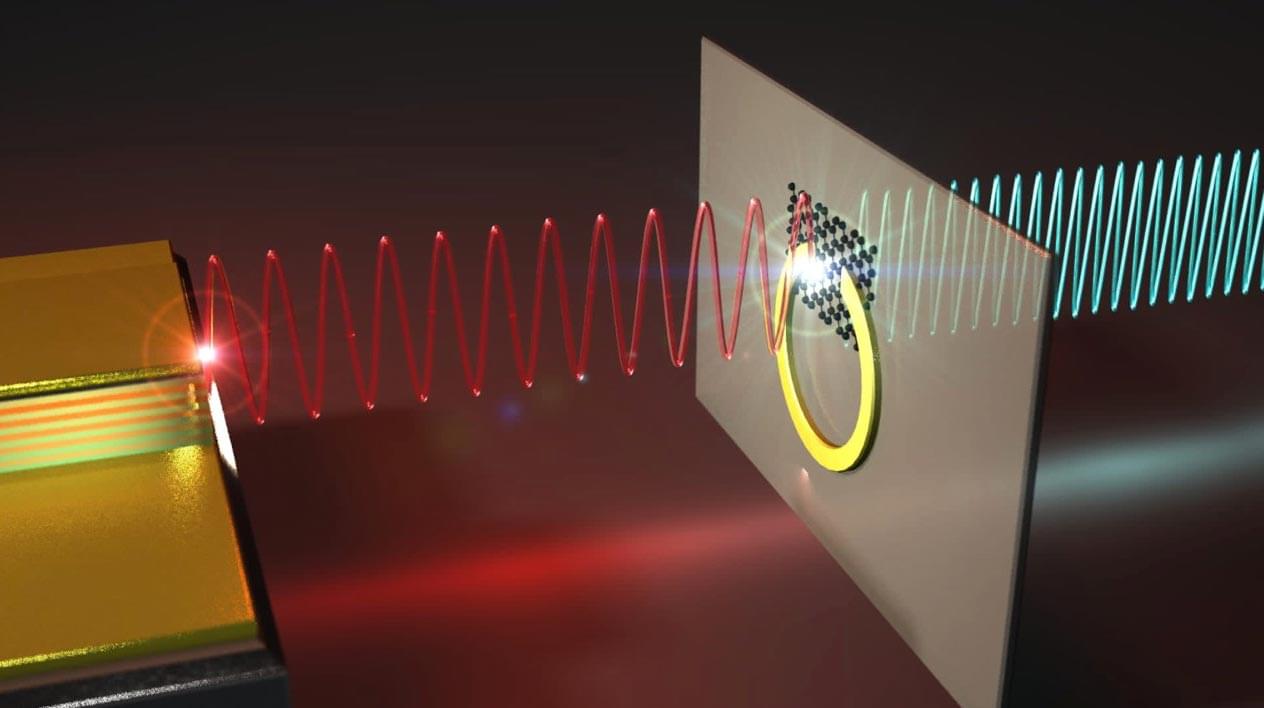
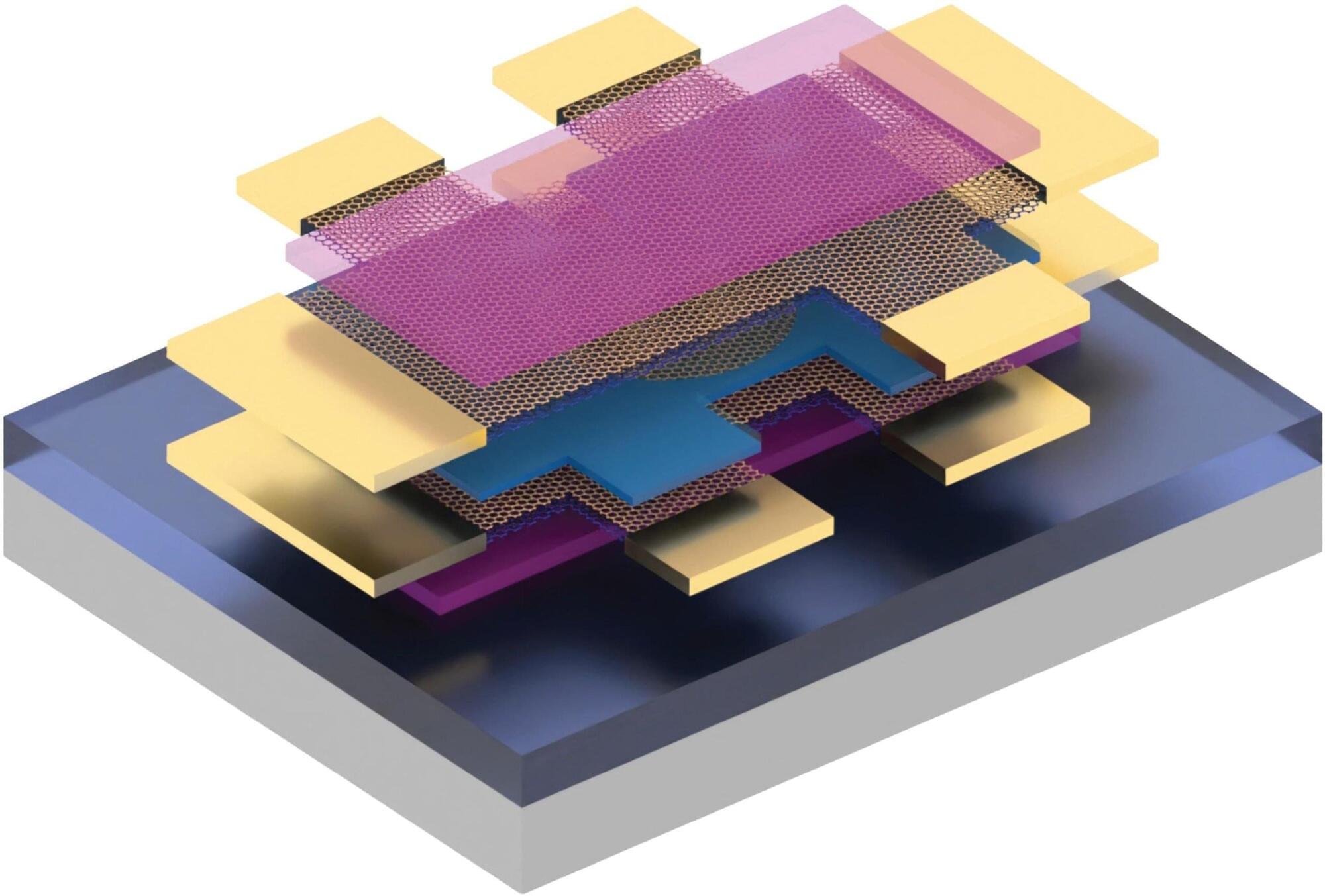
MIT researchers uncovered clear evidence of unconventional superconductivity in magic-angle twisted trilayer graphene.
Their new measurement system revealed a sharp, V-shaped superconducting gap — proof of a new pairing mechanism unlike that in traditional superconductors. This breakthrough sheds light on quantum behaviors in ultra-thin materials and could accelerate the quest for room-temperature superconductivity.
Superconductors: Nature’s Perfect Conductors.